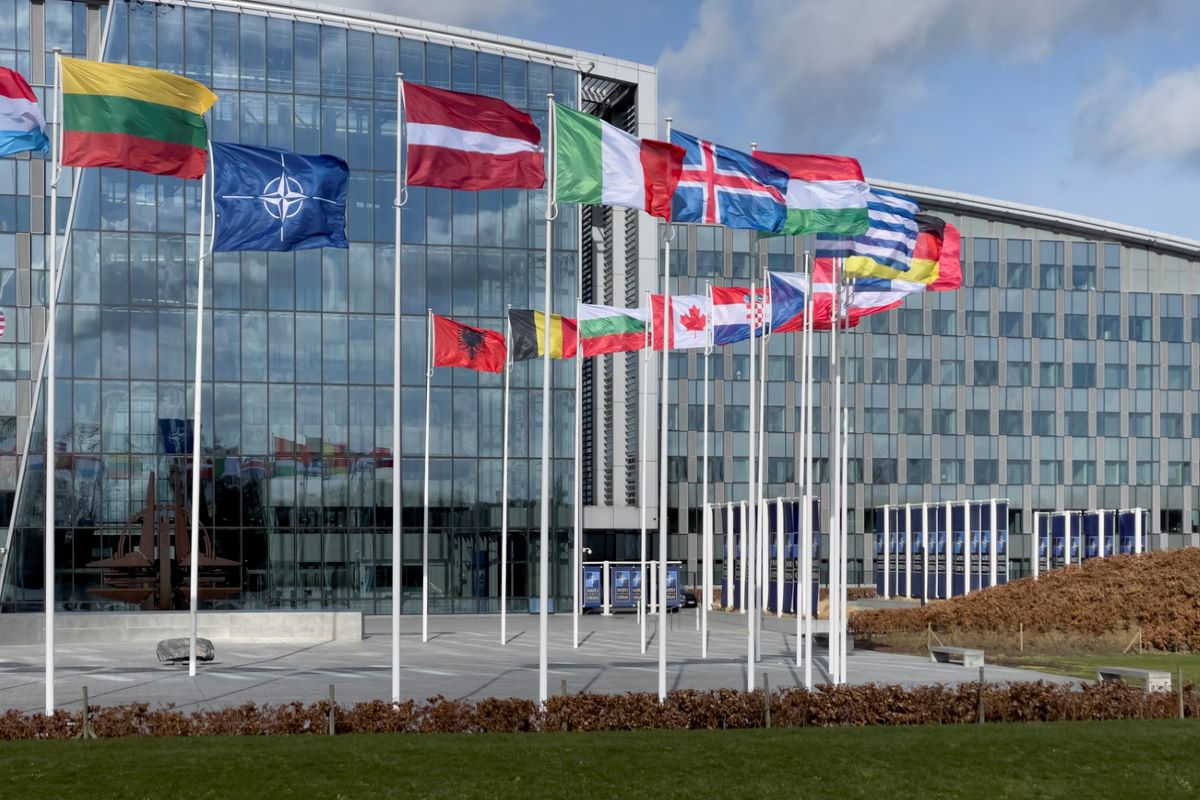Though the North Atlantic Treaty Organisation (Nato), the military alliance which forms the lynchpin of the American-led West’s defence security architecture, is grappling with its the most serious post-Cold War challenge in Ukraine, it has been busy of late with other priorities.
A few months ago, Nato published a set of short stories on the future of warfare in 2036, and the US Army Cyber Institute commissioned an “Invisible Force” graphic novel to explore the role of cyberattacks in a 2030 conflict scenario. This fascination with the future extends to the US Department of Defence, which has been seeking science fiction writers to help predict the nature of tomorrow’s conflicts.
Advertisement
Calls for proposals have asked consultants to imagine how artificial intelligence (AI) will “change how decisions are made on the battlefield”. This over-emphasis on tech-premised predictive scenarios has got to levels where experts such as Amy J. Nelson and Alexander H. Montgomery are asking: Is the US military establishment’s futurism obsession hurting its national security?
Among the reasons identified by them for the American security community’s future warfare obsession are that prior expectations of the future were wrong or disappointing so there is a desire not to get it wrong this time around, and the fact that despite the technological revolution of the past three decades, even better technology is predicted to be around the corner which is where the focus should be. But have these, otherwise valid and forward-thinking positions come at the cost of America’s current defence and security requirements and power projection ability? Especially, at a time when the effectiveness of America’s military doctrine and war machine is under question from Afghanistan to Iraq and Ukraine?
It is perfectly logical for Washington to argue that given recent events ~ ranging from the Covid-19 pandemic, an increasing global democratic deficit, and the disastrous impact of climate change on one hand, to the discovery of 300 nuclear missile silos in a remote area of China, the rapid progress of Iran’s nuclear programme, and Russia’s development of sophisticated weapons delivery systems which can carry nukes on the other ~ it would be remiss not to factor in risks which are ever-more apparent.
Critics, however, remain unconvinced that the USA is not over-compensating for its earlier dismissal of fantastical predictions in the defence domain. Nelson and Montgomery cite the example of novelist Tom Clancy who wrote about terrorists piloting planes into the Capitol in his 1994 book ‘Debt of Honor’ and how the possibility of such an attack was termed “outlandish” and swatted away by the establishment. Similarly, when biosecurity experts who advised on the film ‘Contagion’ helped create a storyline for a realistic pandemic scenario it seemed more entertaining than foreshadowing to the brass.
The danger is that America’s over-correction of its earlier stand on future threats may significantly undermine its capability to deal with the present global security scenario. Most 21st century conflicts are still being fought with conventional if advanced precision weapons by troops on the ground. Washington would do well to remember that.









